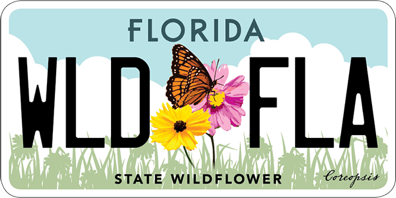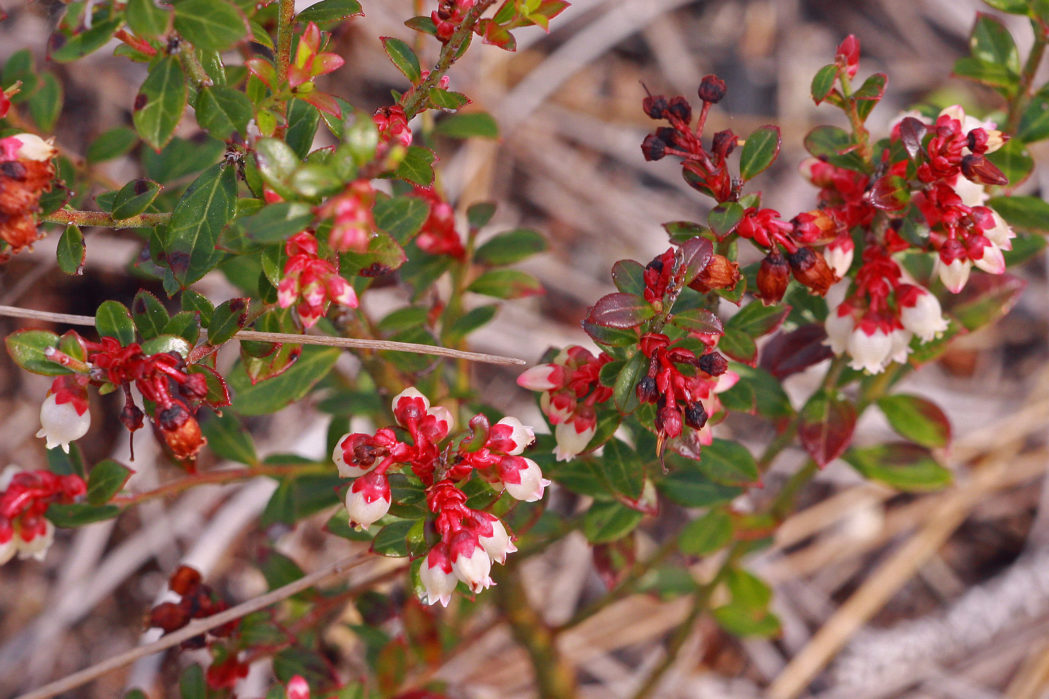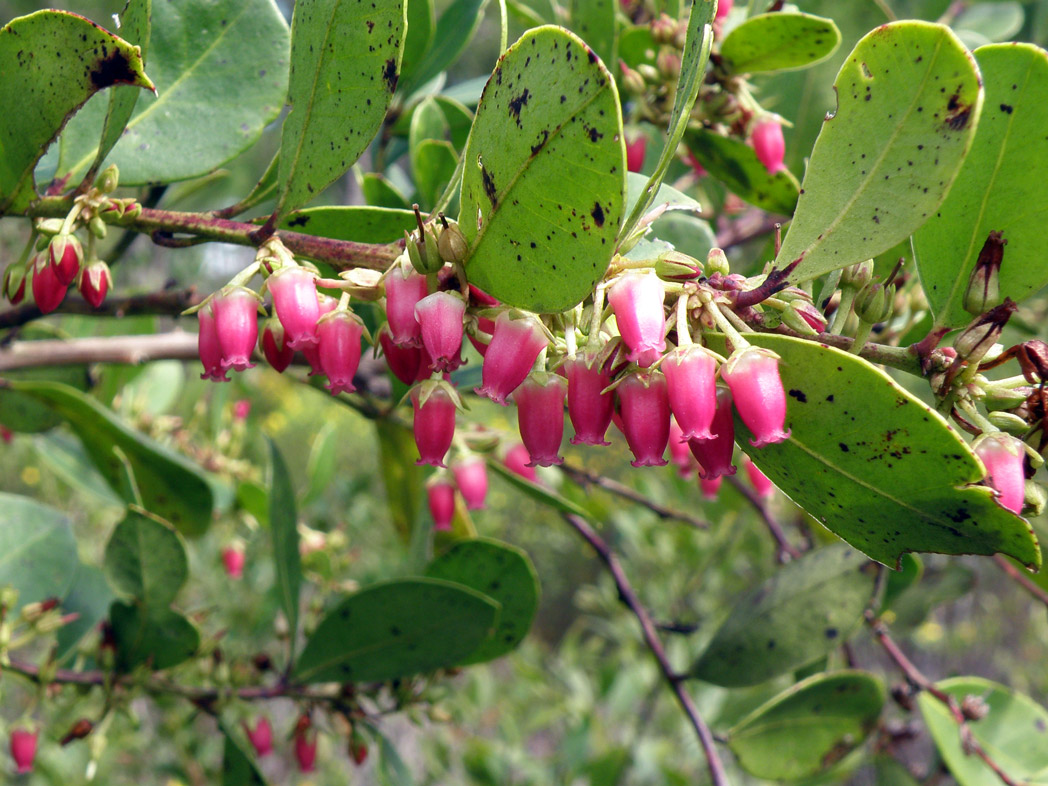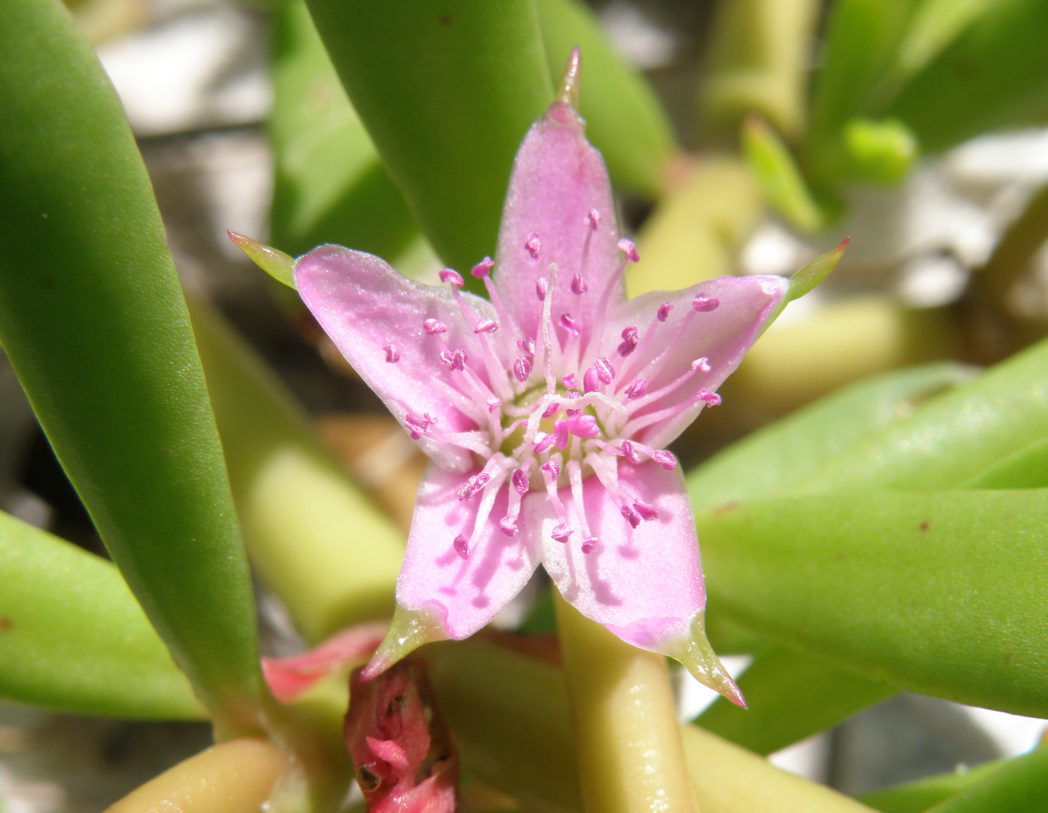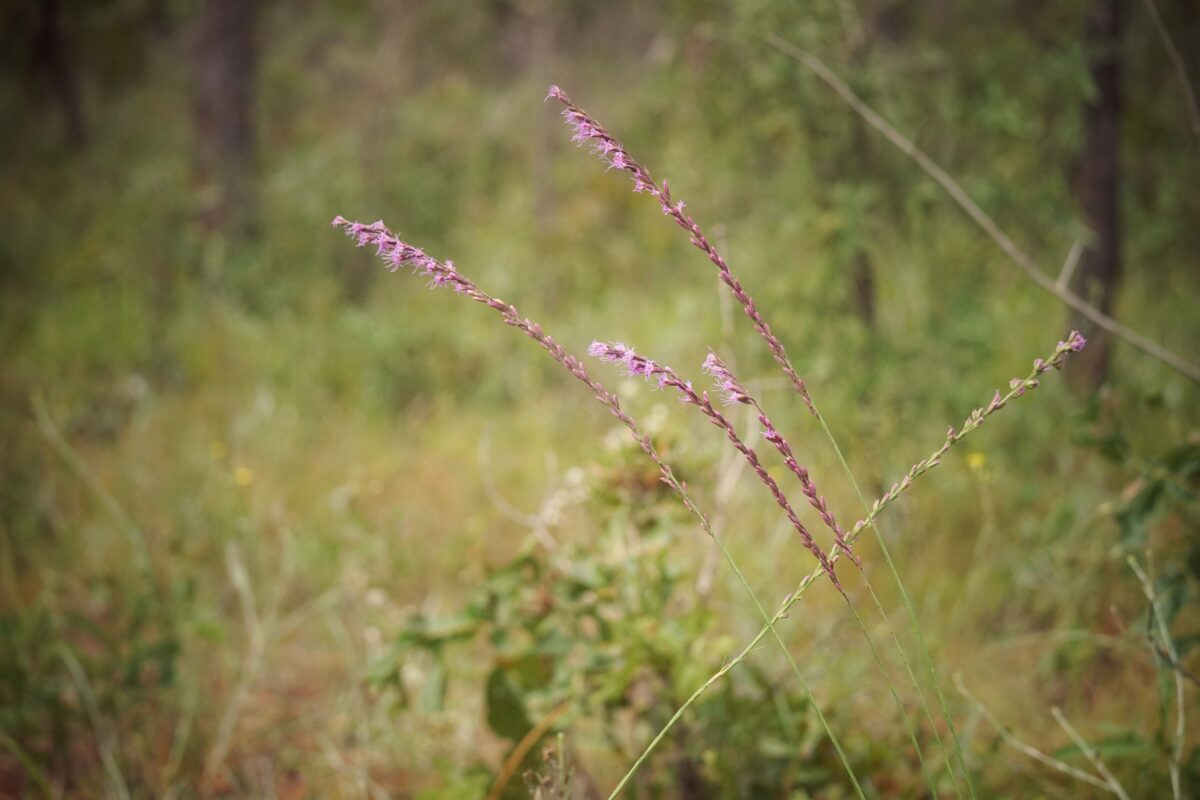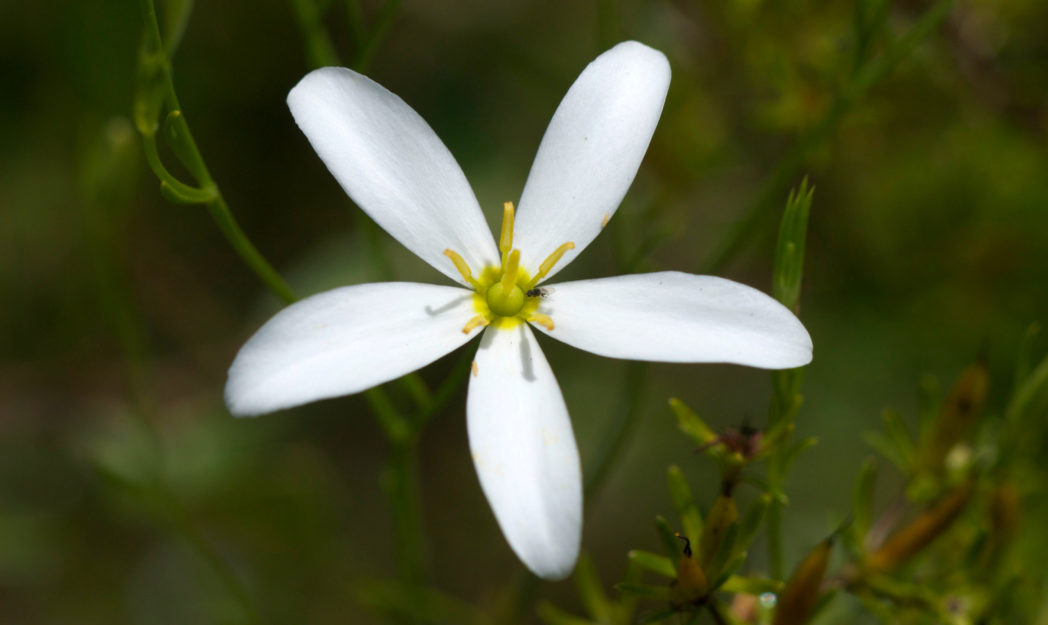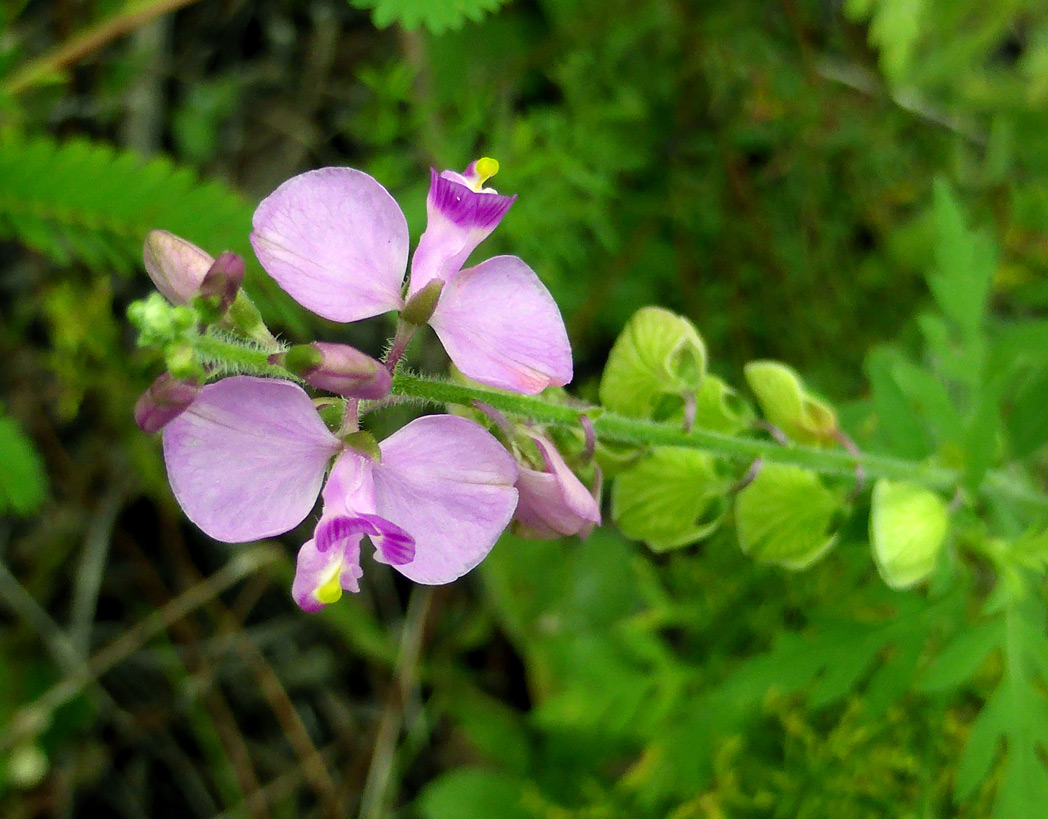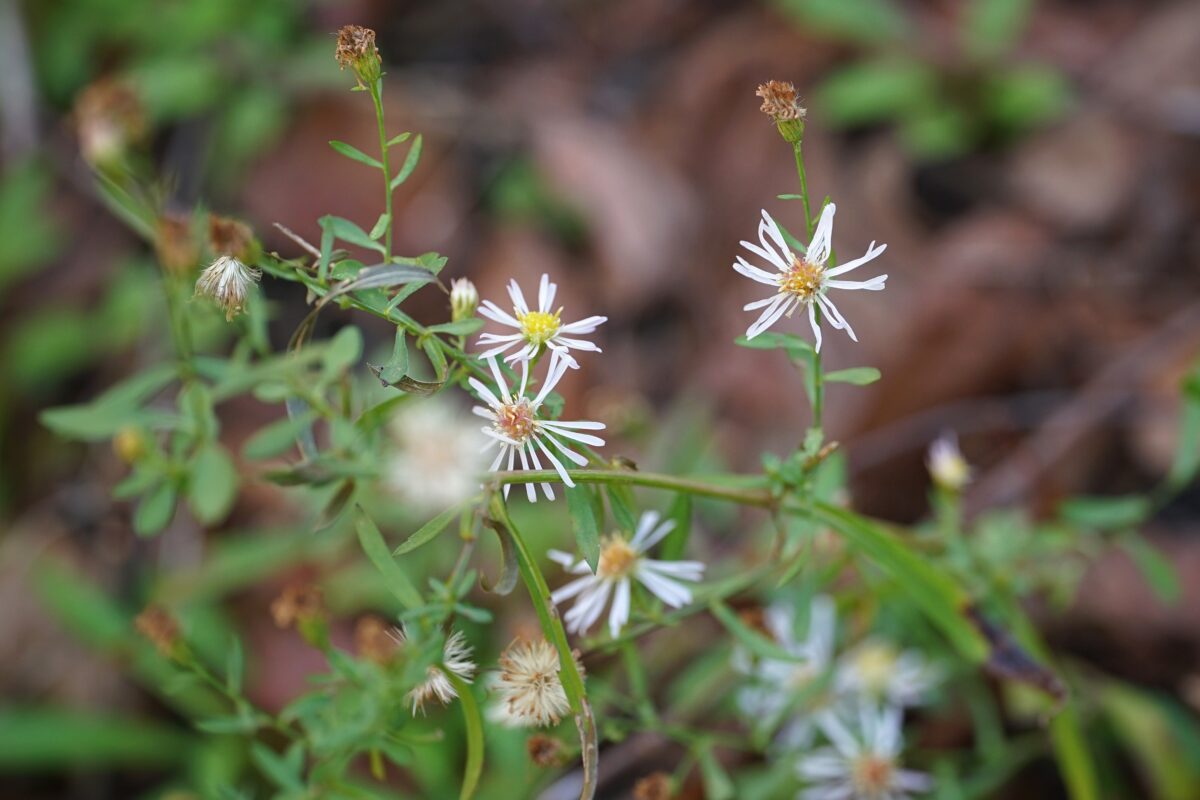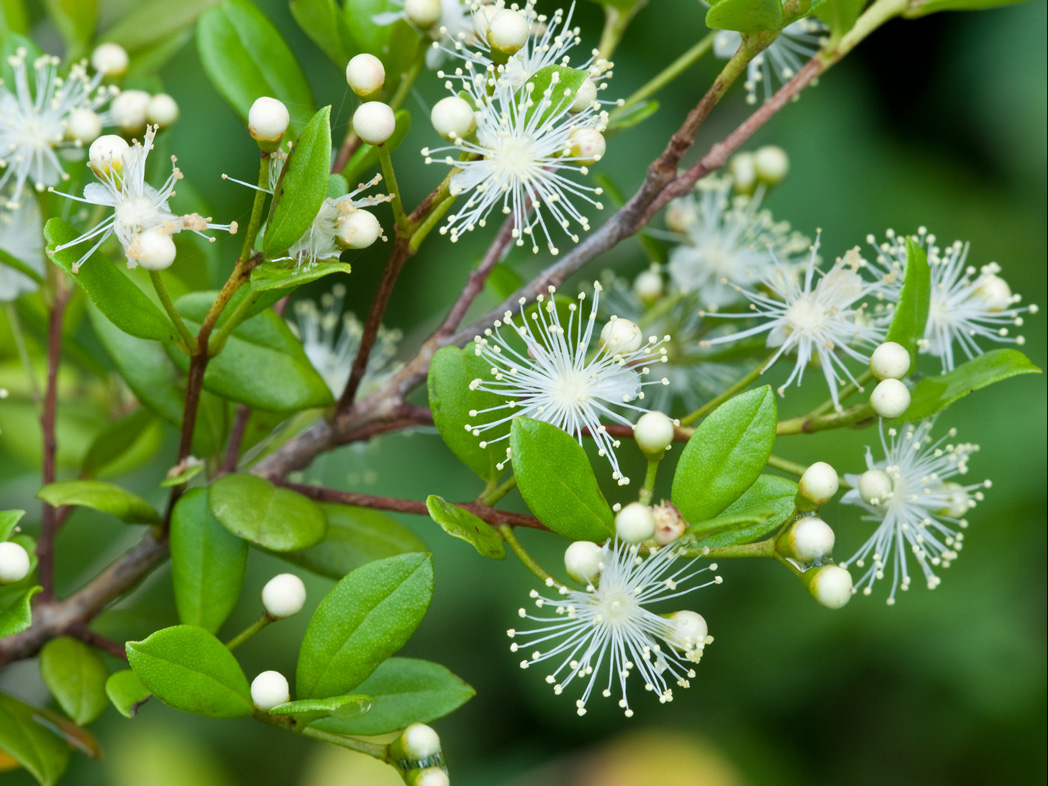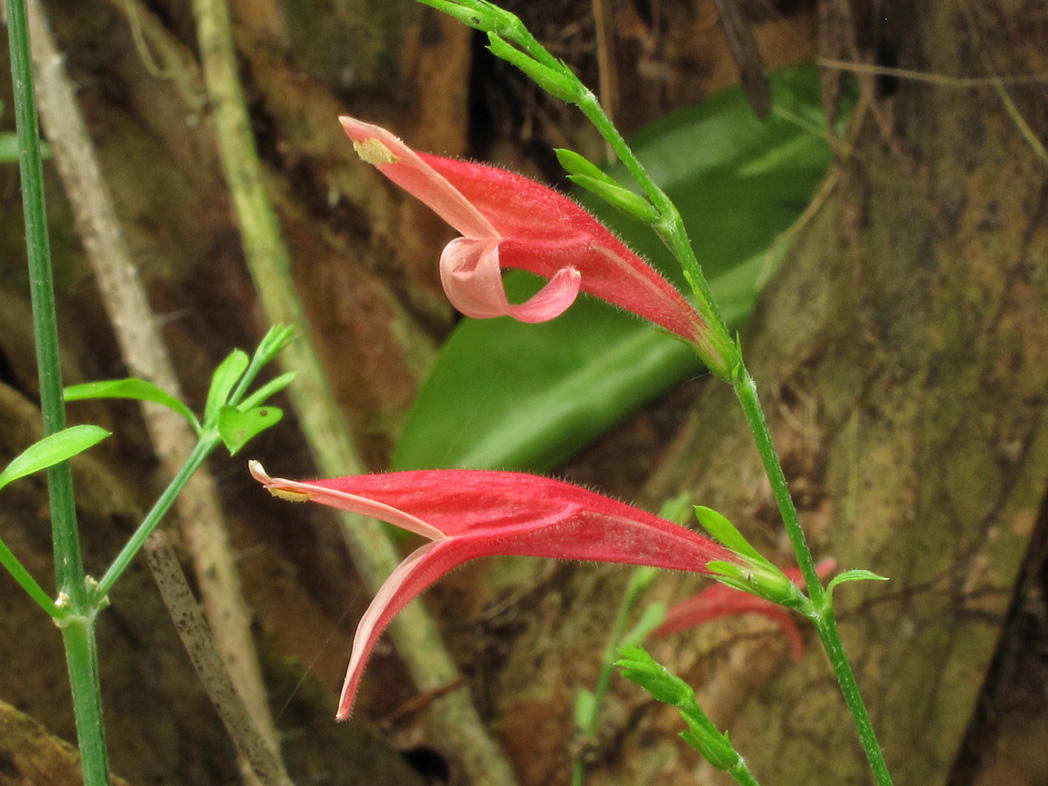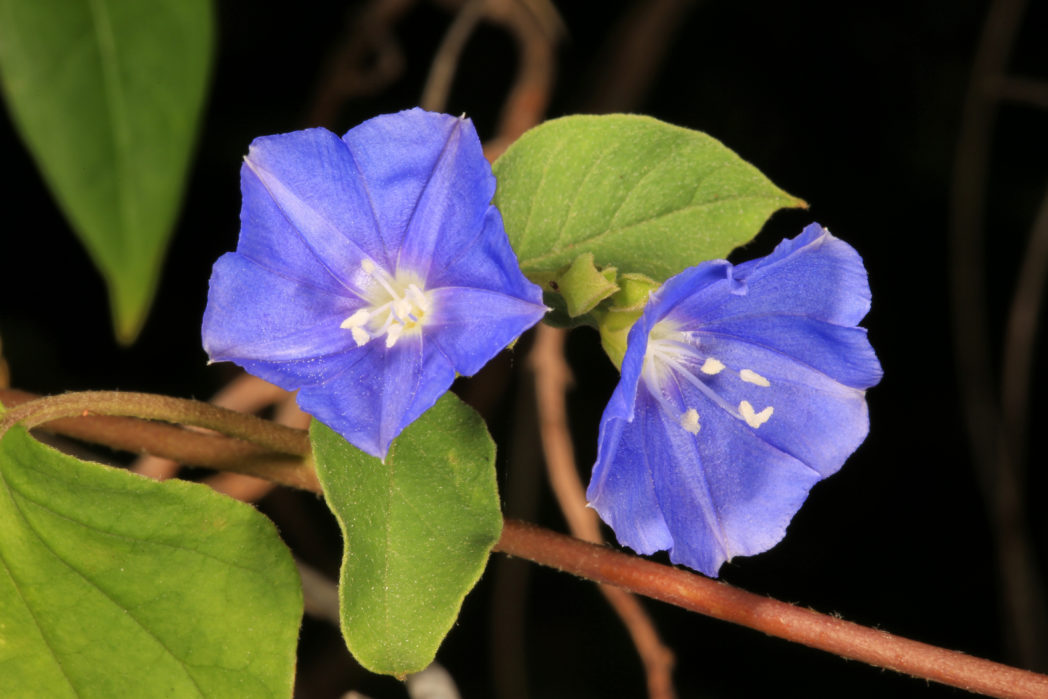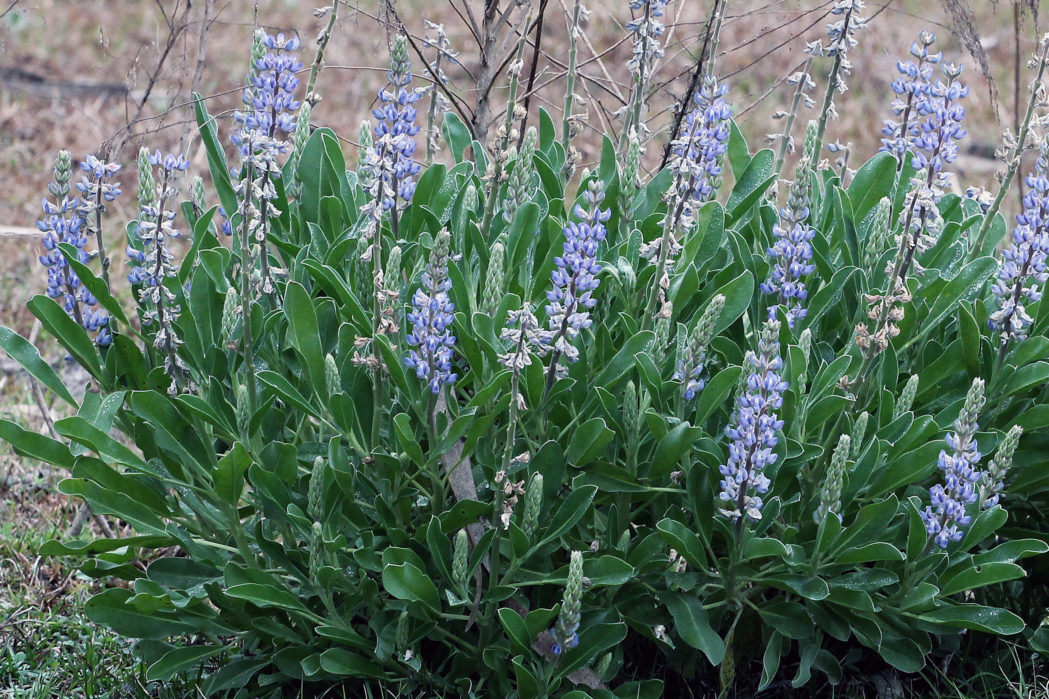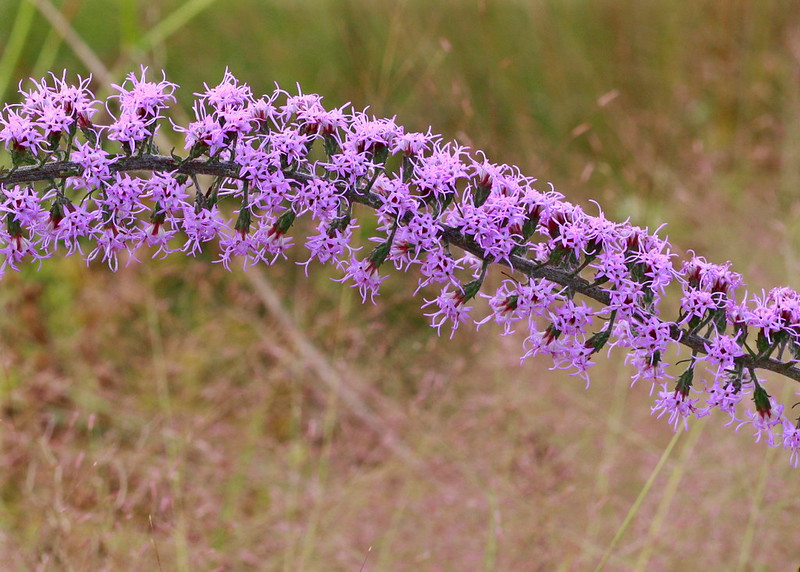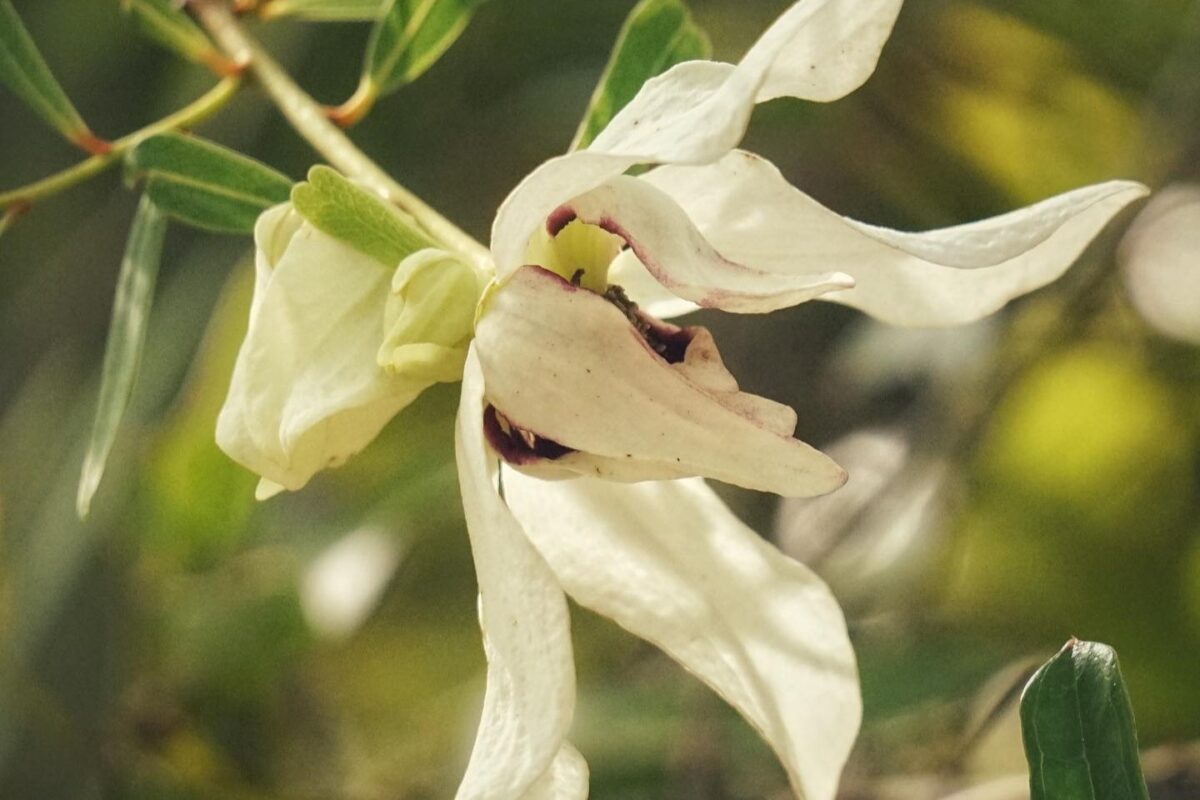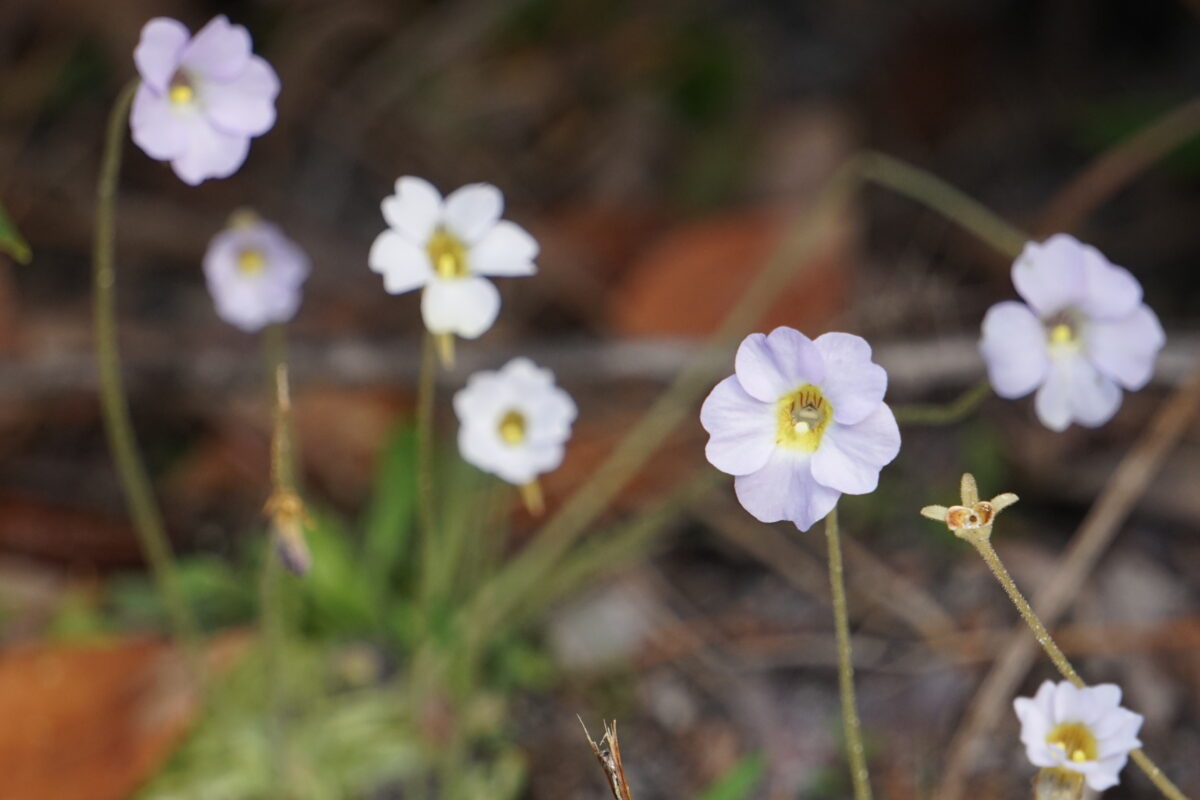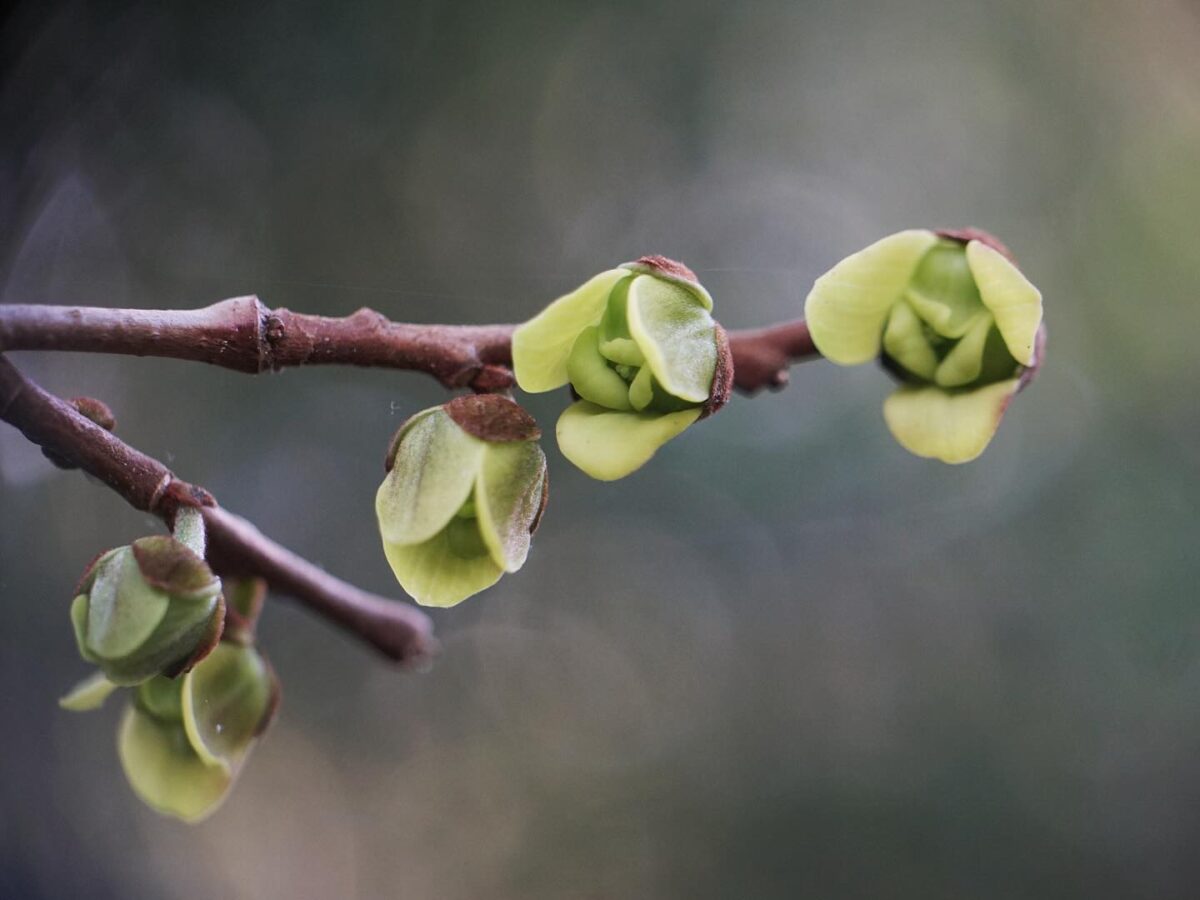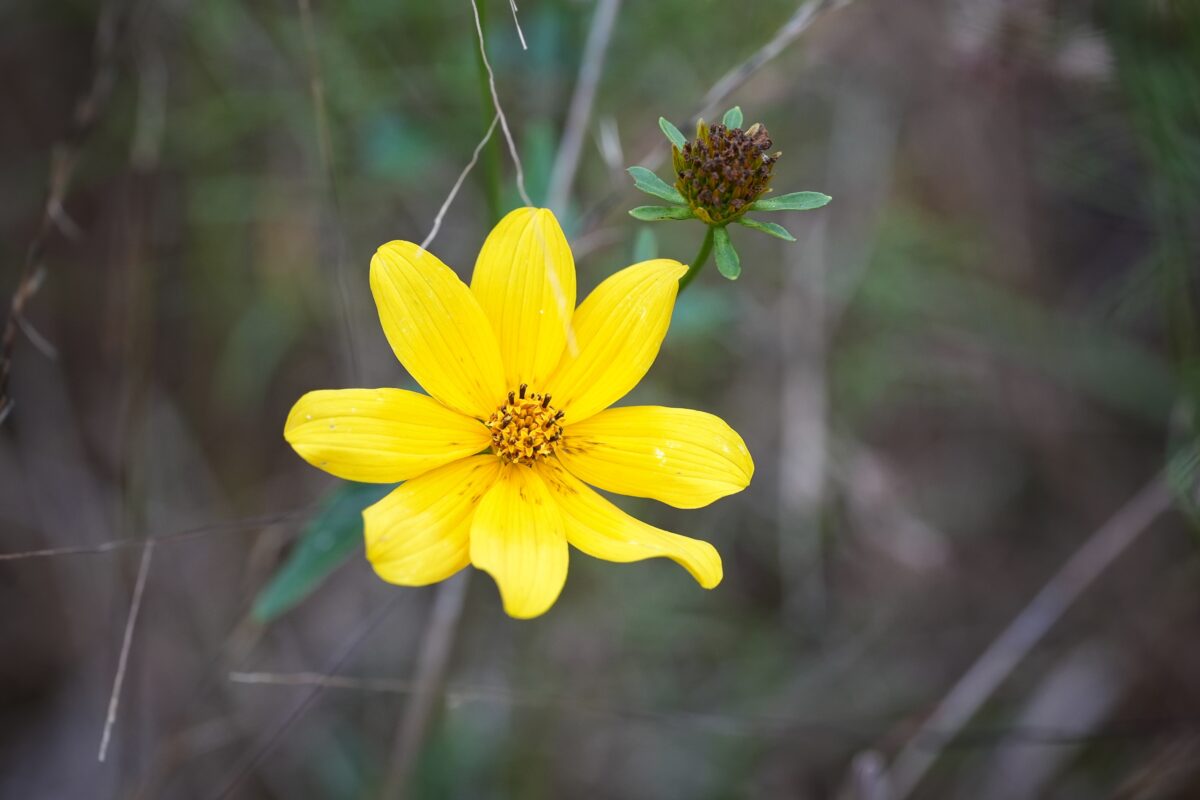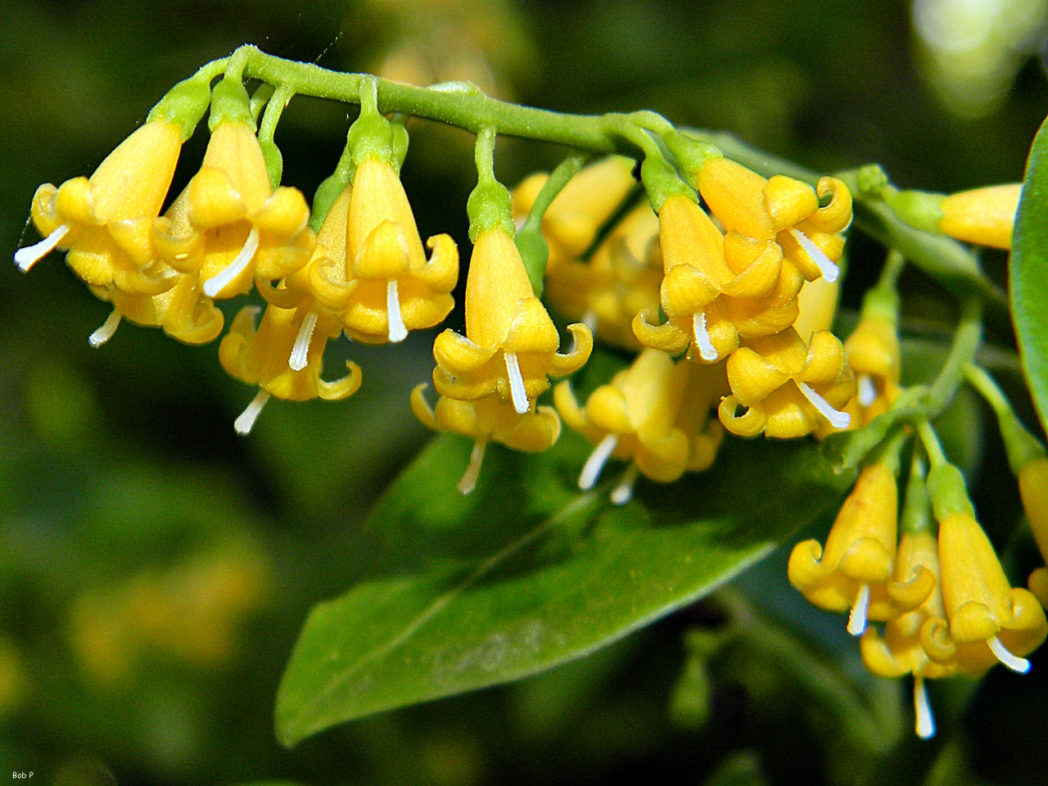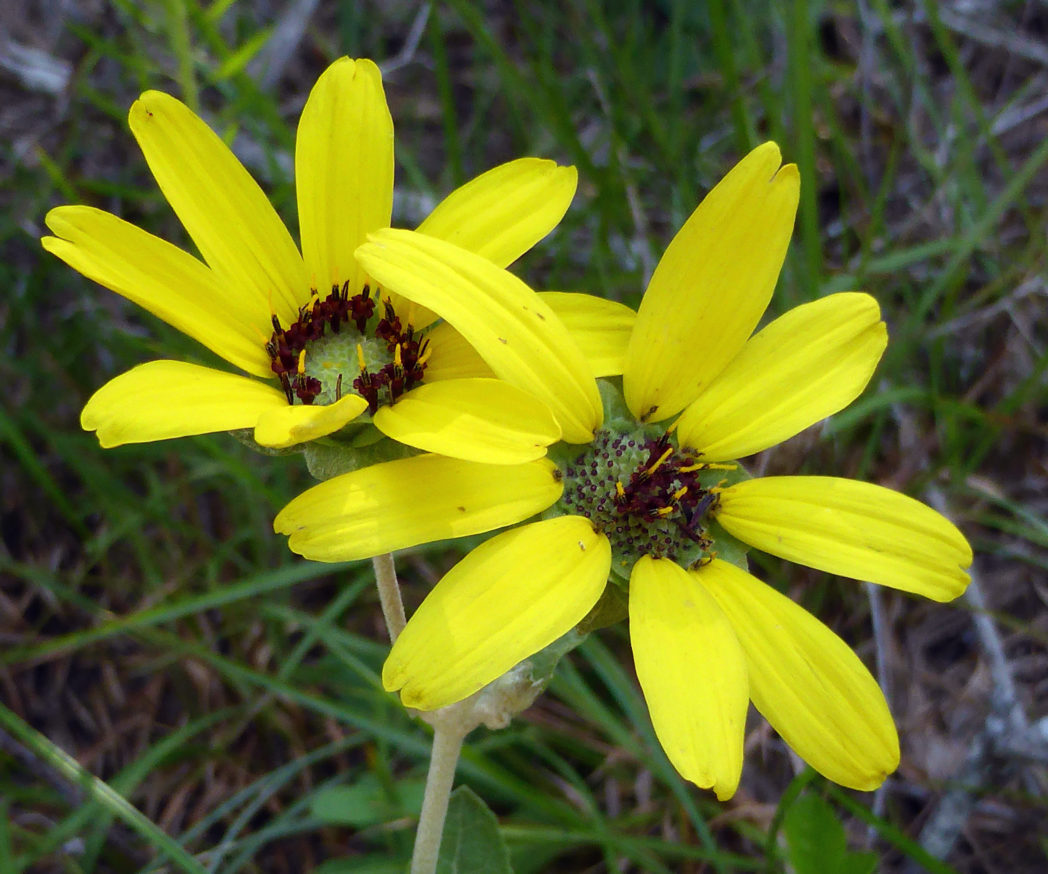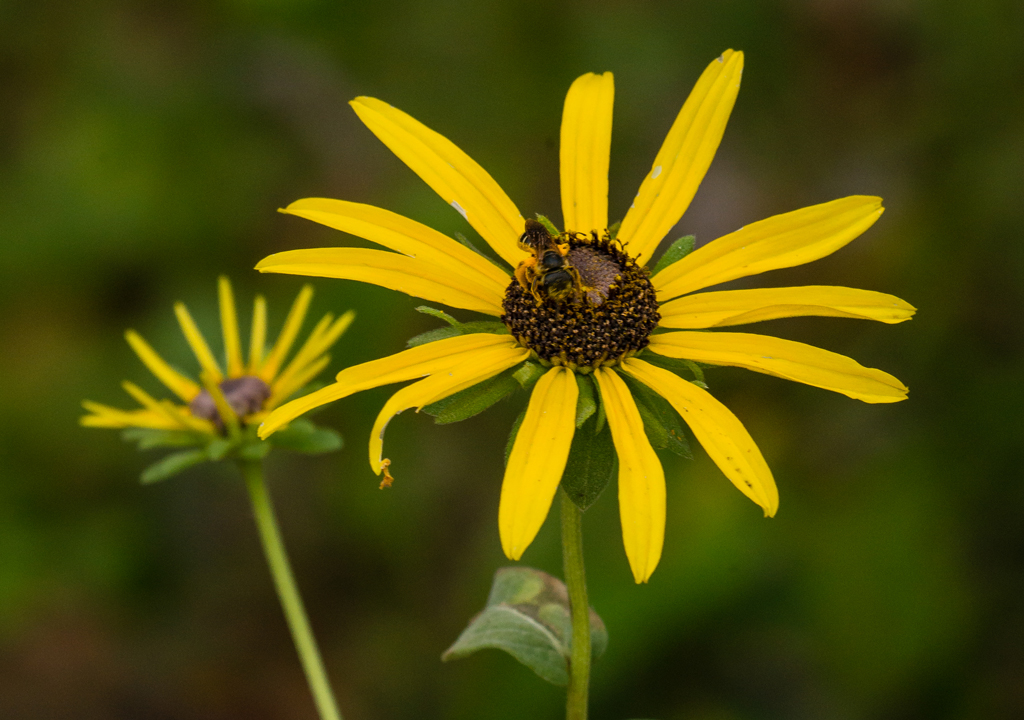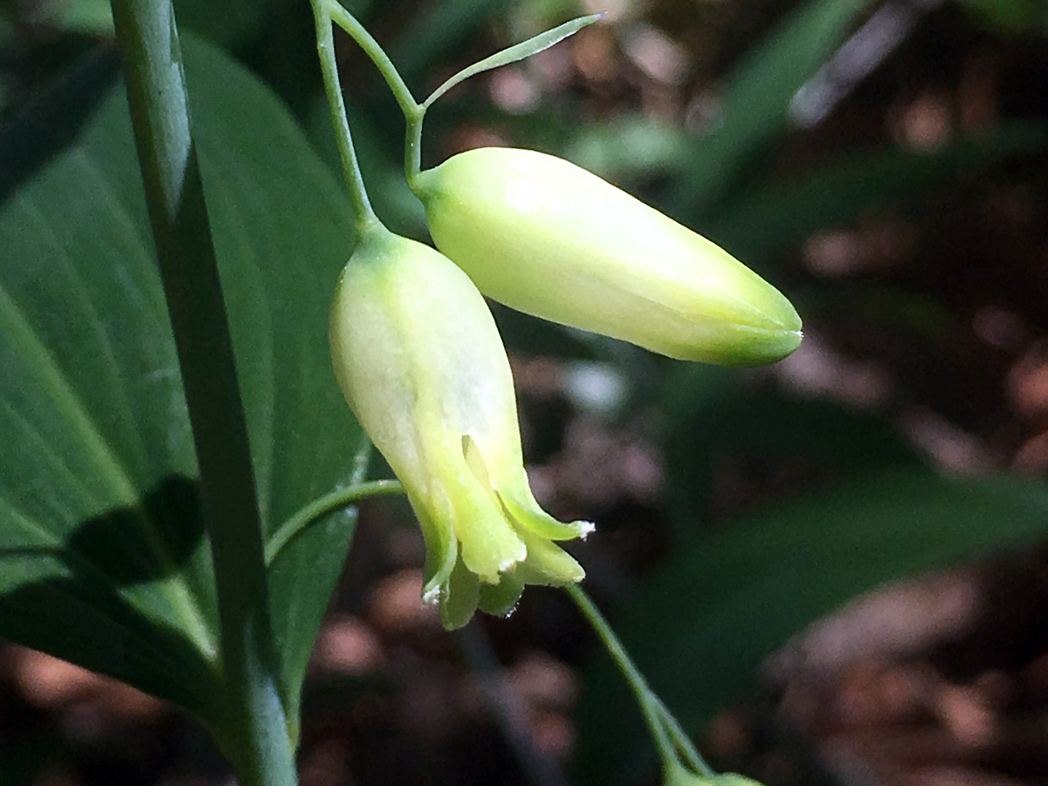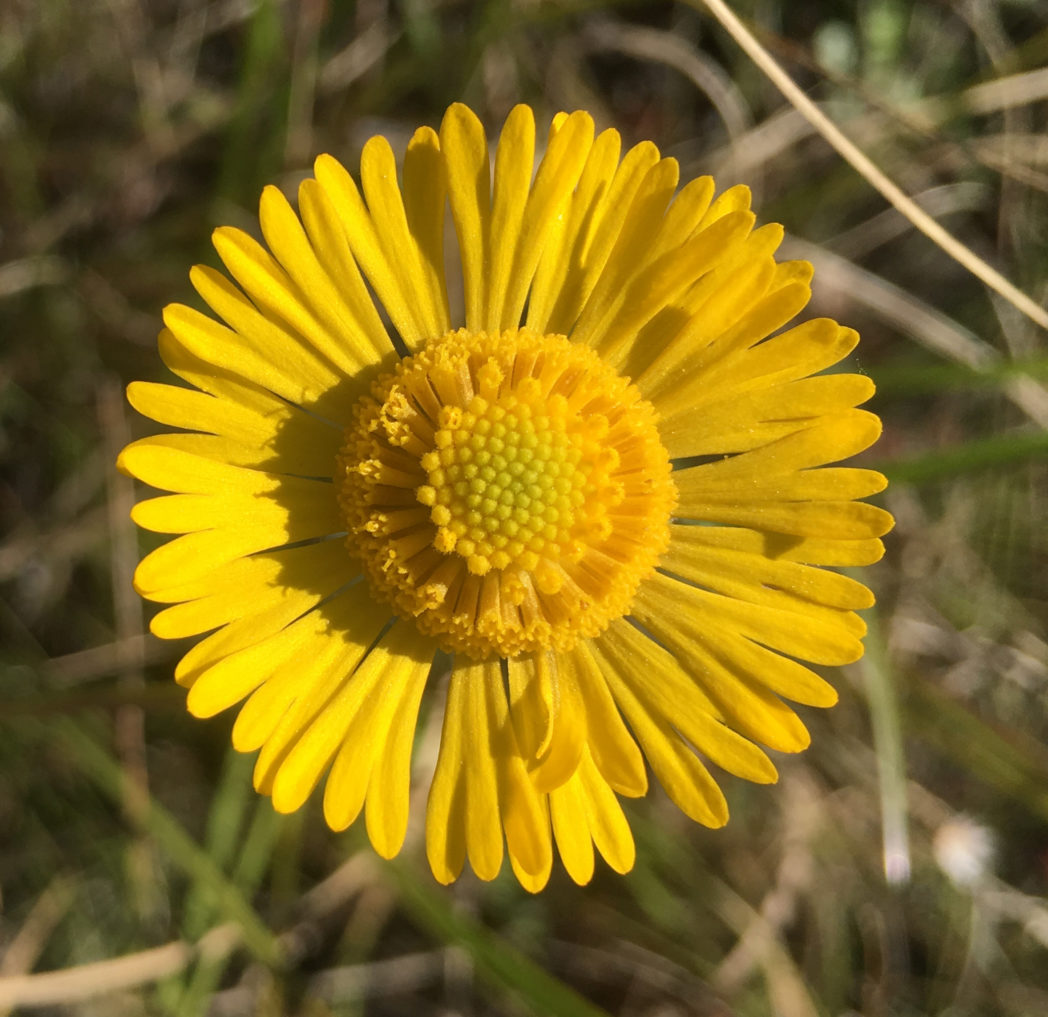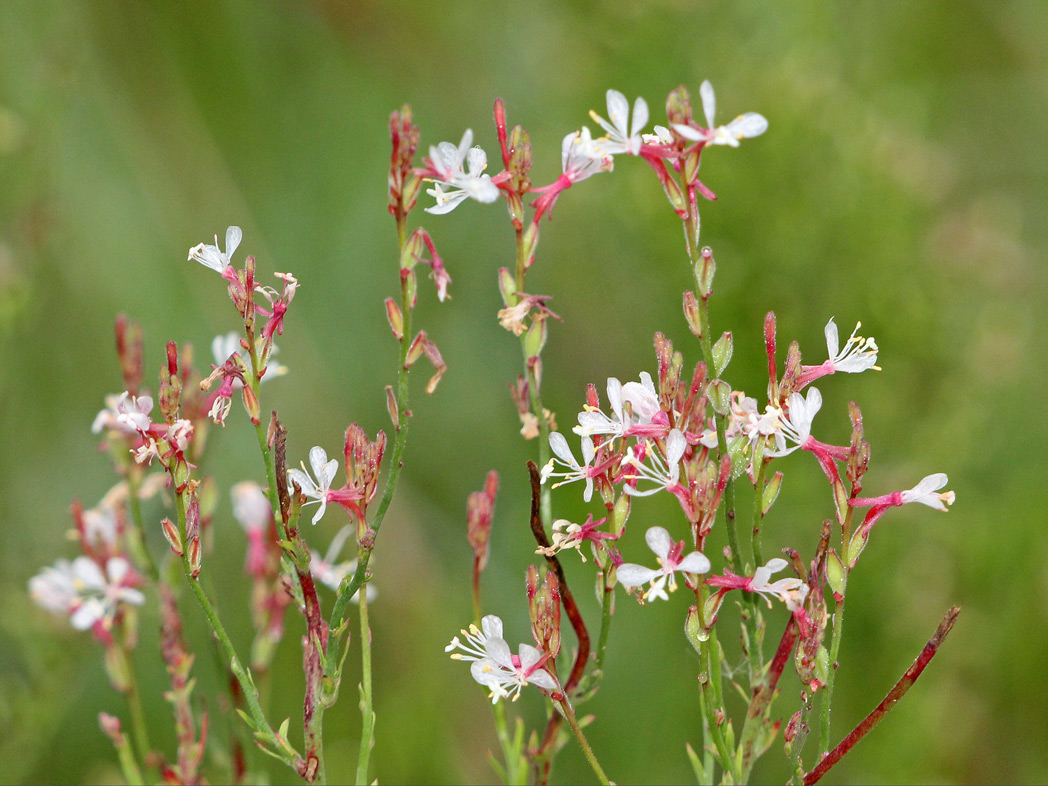Shiny blueberry
Shiny blueberry (Vaccinium myrsinites) is a low evergreen shrub that flowers heavily in the spring. It occurs naturally in mesic pine flatwoods, sandhills, scrubby flatwoods, dry prairies and scrub habitats.
Shiny lyonia
Shiny lyonia (Lyonia lucida) is an erect woody evergreen shrub that produces a plethora of small, fragrant blooms in whitish-pink to pink to red.
Shoreline seapurslane
Shoreline seapurslane (Sesuvium portulacastrum) is a sprawling, evergreen wildflower with pink, star-shaped flowers. It is critical as a dune sand stabilizer as it catches sand between its leaves and stems.
Shortleaf gayfeather
Shortleaf gayfeather (Liatris tenuifolia) is endemic to the Southeastern Coastal Plain and thrives in the dry, well-drained sands of Florida’s scrub and pine flatwoods. The beautiful lavender fall blooms are a valuable food source for many pollinators.
Shortleaf rosegentian
Shortleaf rose gentian (Sabatia brevifolia) is an herbaceous annual wildflower that occurs in moist to wet pine flatwoods, coastal swales and wet prairies throughout Florida.
Showy milkwort
Despite its common name, Showy milkwort (Asemeia violacea) is a diminutive herbaceous wildflower with small flowers that are borne somewhat sparsely on terminal racemes. It is a summer-bloomer, but can bloom year-round in the southern part of the state. The flowers are attractive to bees, the plant’s primary pollinator. Showy milkwort occurs naturally in pinelands, prairies and open disturbed areas throughout Florida.
Simmond’s aster
Simmond’s aster (Symphyotrichum simmondsii) is endemic to the Southeastern Coastal Plain and while recorded from the Carolinas to Alabama, it is most prevalent throughout peninsular Florida.
Simpson’s stopper
Simpson’s stopper (Myrcianthes fragrans) has year-round blooms that attract a variety of butterflies and bees; its fruit provides food for many bird species.
Sixangle foldwing
Also known as False mint, Sixangle foldwing (Dicliptera sexangularis) is a modest yet eye-catching wildflower found in coastal hammocks and strands, ruderal areas and mangrove swamps, and along salt marsh edges. It typically flowers spring through early fall, but may bloom year-round. Its bright red blooms are particularly attractive to hummingbirds and butterflies. The plant is a larval host for the Cuban crescent butterfly.
Skyblue clustervine
Skyblue clustervine (Jacquemontia pentanthos) is an evergreen, twining vine with bright blue flowers that attract a variety of pollinators. It is endangered in Florida.
Skyblue lupine
Skyblue lupine (Lupinus diffuses) is a lovely herbaceous perennial that occurs primarily in dry flatwoods and blooms in spring
Slender gayfeather
Slender gayfeather (Liatris gracilis) puts on a fantastic late summer to fall display with its bright purple flower spikes. These blooms attract a wide variety of pollinators, including bees and butterflies.
Slimleaf pawpaw
Slimleaf pawpaw (Asimina angustifolia) is a deciduous flowering shrub found in flatwoods, scrub and sandhills from southeast Georgia into North Florida. It is a larval host for the Zebra swallowtail butterfly and Pawpaw sphinx moth.
Small butterwort
Small butterwort (Pinguicula pumila) is a diminutive, insectivorous wildflower found in wet pinelands and prairies throughout most of Florida. It blooms winter through spring.
Smallflower pawpaw
Smallflower pawpaw (Asimina parviflora ) is a deciduous flowering shrub to small tree found in floodplain forests and hardwood hammocks throughout the Southeastern Coastal Plain from southern Virginia to eastern Texas.
Smallfruit beggarticks
Smallfruit beggarticks (Bidens mitis) blooms year-round in wet prairies and along fresh and brackish marsh edges throughout much of Florida. The bright yellow flowers attract many bees and butterflies.
Snow squarestem
Also known as Cat’s tongue, Salt and pepper and Nonpareil, Snow squarestem (Melanthera nivea) typically blooms summer through early winter, but can bloom year-round, attracting bees, butterflies and other pollinators.
Snowberry
Snowberry (Chiococca alba) is a robust evergreen vinelike shrub that occurs naturally in pine rocklands, shell mounds and coastal strands and hammocks. Its fragrant flowers bloom spring through fall.
Soft greeneyes
Soft greeneyes (Berlandiera pumila) is found in sandhills and pinelands throughout the Panhandle and north Florida. It blooms spring through summer, attracting a variety of butterflies, bees and wasps.
Softhair coneflower
Softhair coneflower (Rudbeckia mollis) is a robust plant with bright yellow blooms that provide spring and summer color to sandhills, dry open hammocks and roadsides in North and Central Florida.
Solomon’s seal
Solomon’s seal (Polygonatum biflorum) is a unique wildflower with pendulous, greenish-white flowers that hang in pairs from the leaf axils and are often obscured by leaves.
Southeastern sneezeweed
Southeastern sneezeweed (Helenium pinnatifidum) is a sunny spring bloomer. It occurs naturally in wet flatwoods and roadside ditches, and along marsh and swamp edges throughout Florida.
Southern beeblossom
Southern beeblossom (Oenothera simulans) flowers spring through summer. The flowers open at night and attract a wide range of small pollinators, including moths and bees.
Southern catalpa
The Southern catalpa (Catalpa bignonioides) is a strikingly beautiful tree with a fascinating cultural heritage. Also commonly referred to as the worm or fish bait tree, it is a larval host for the Catalpa sphinx moth, whose caterpillars are tough and juicy, making them ideal fish bait!
